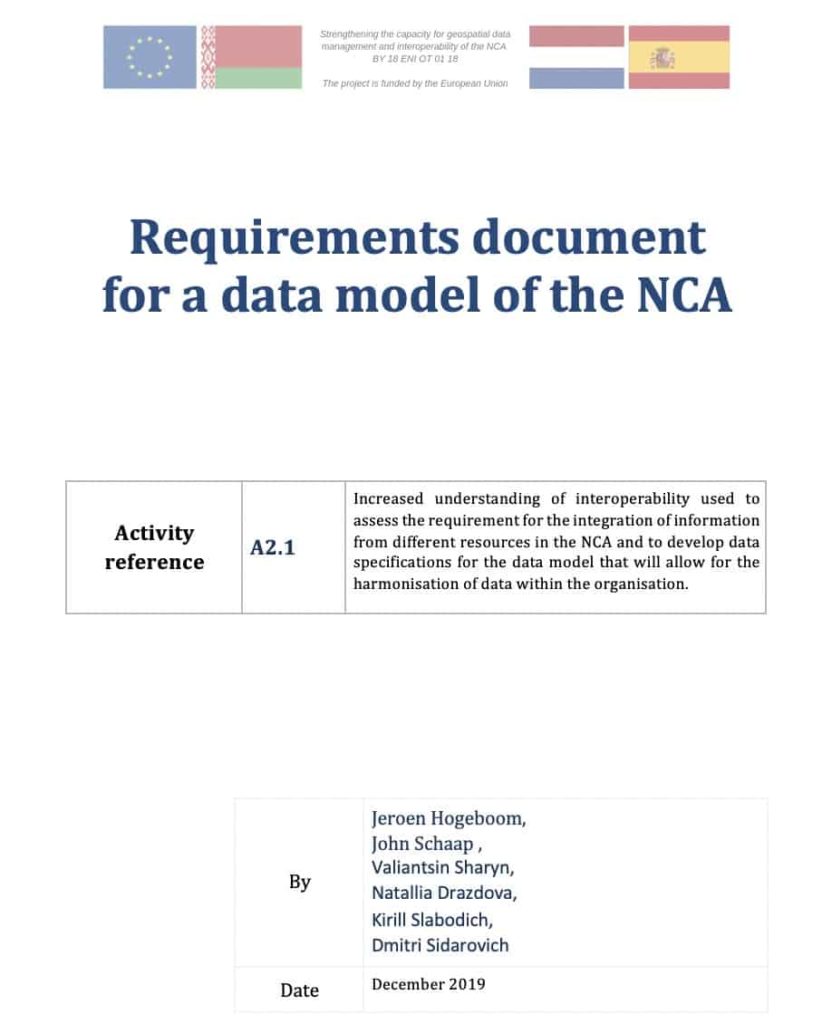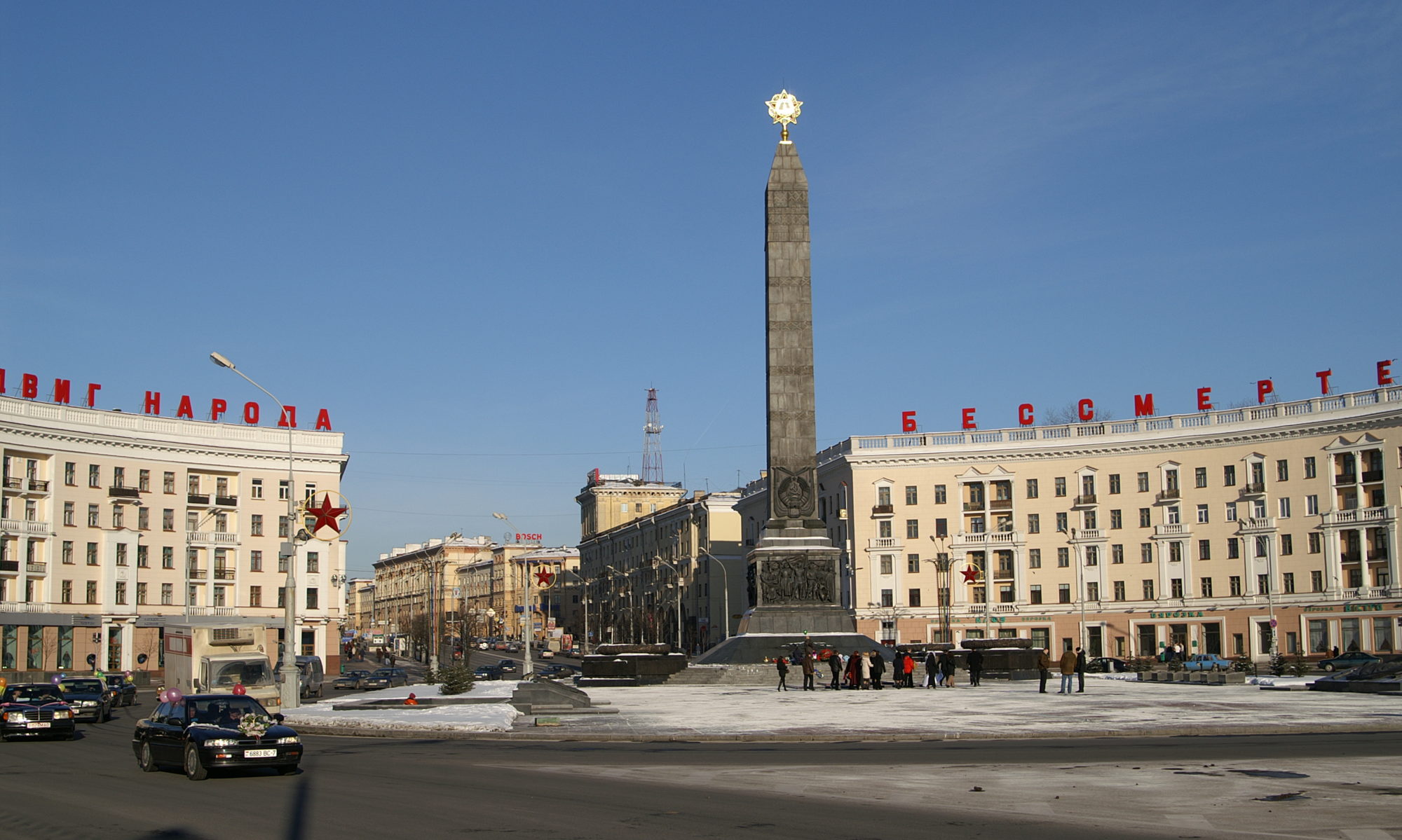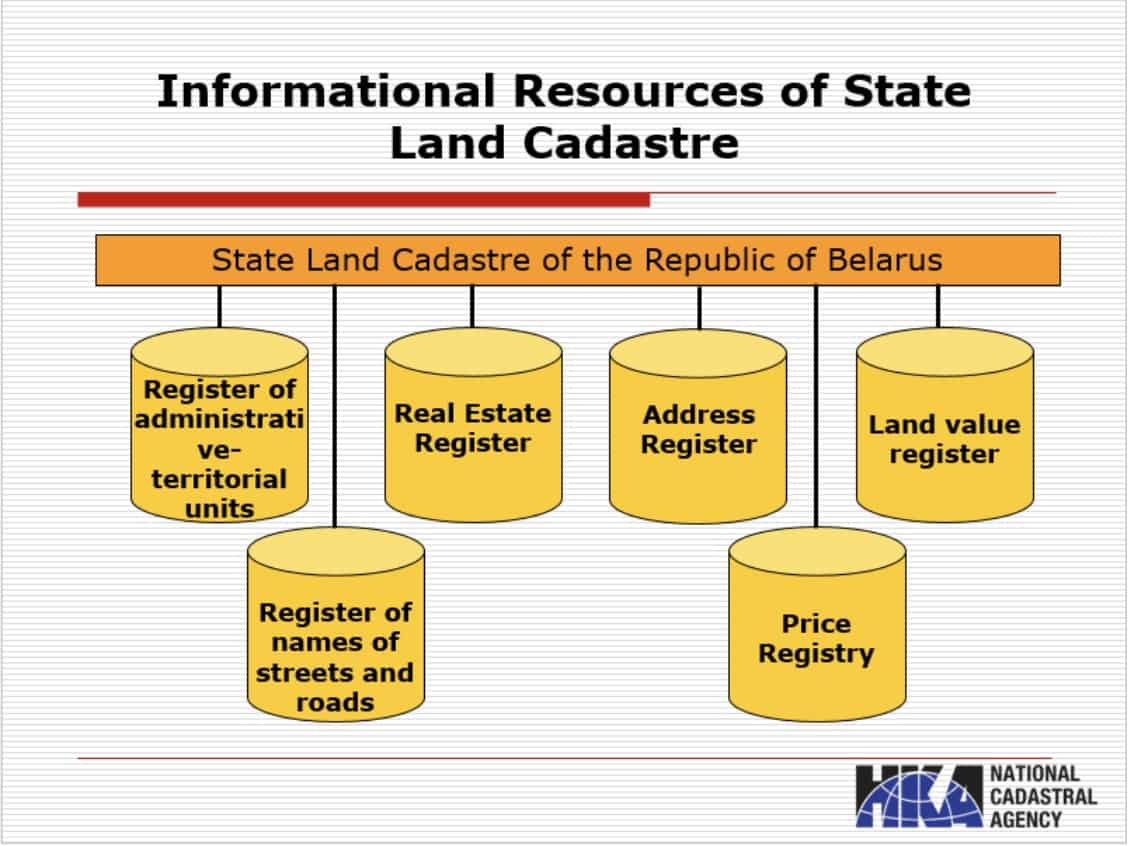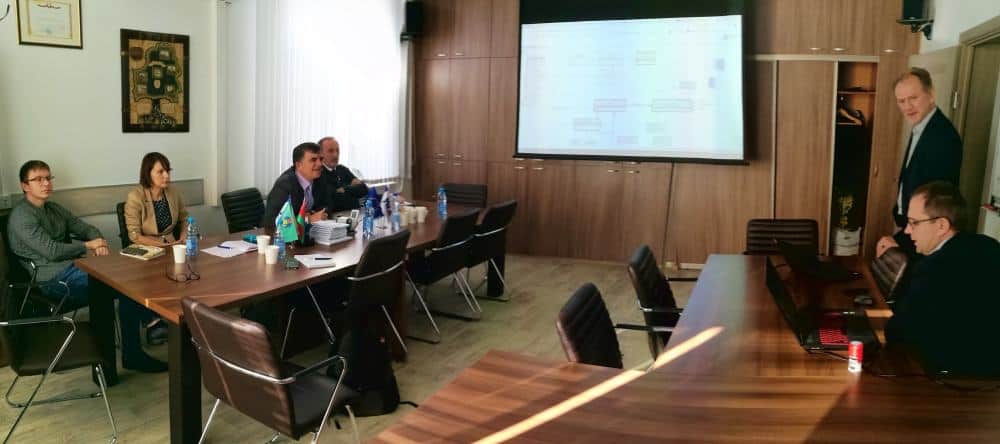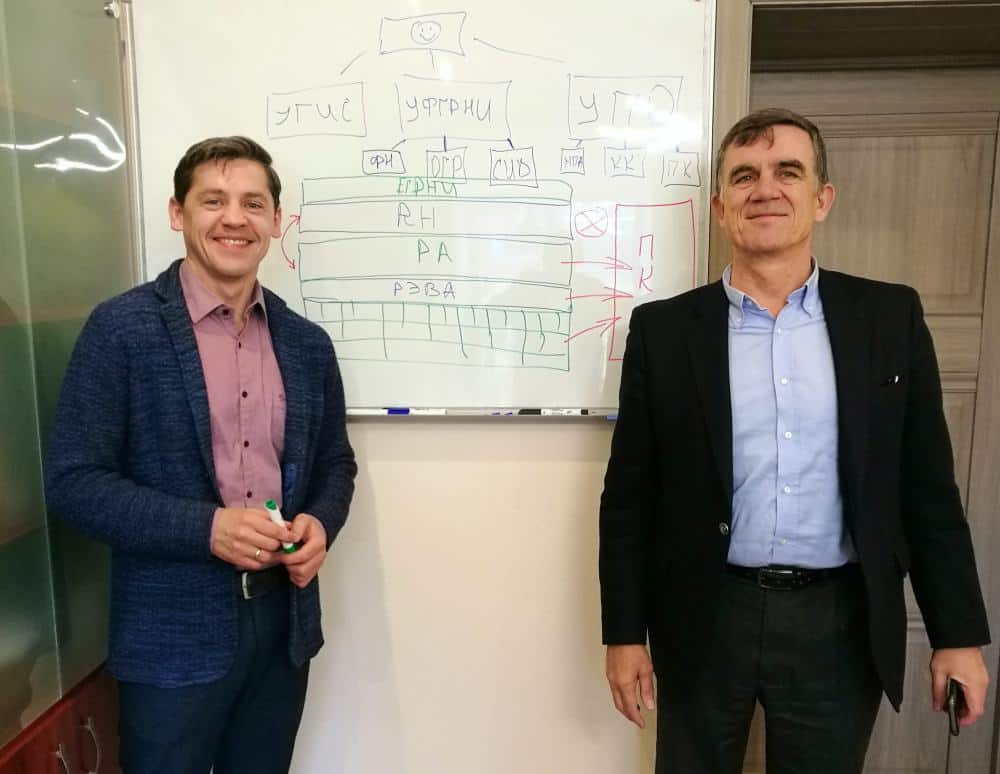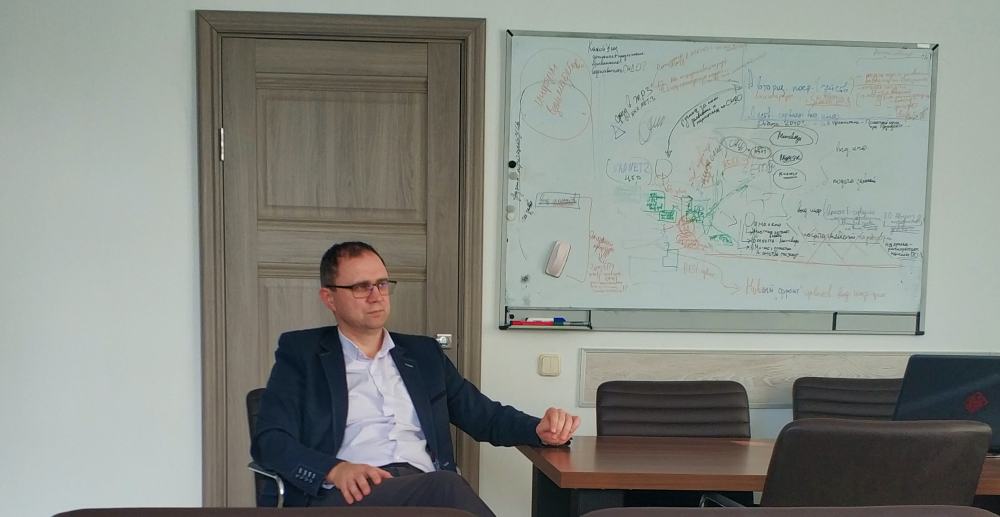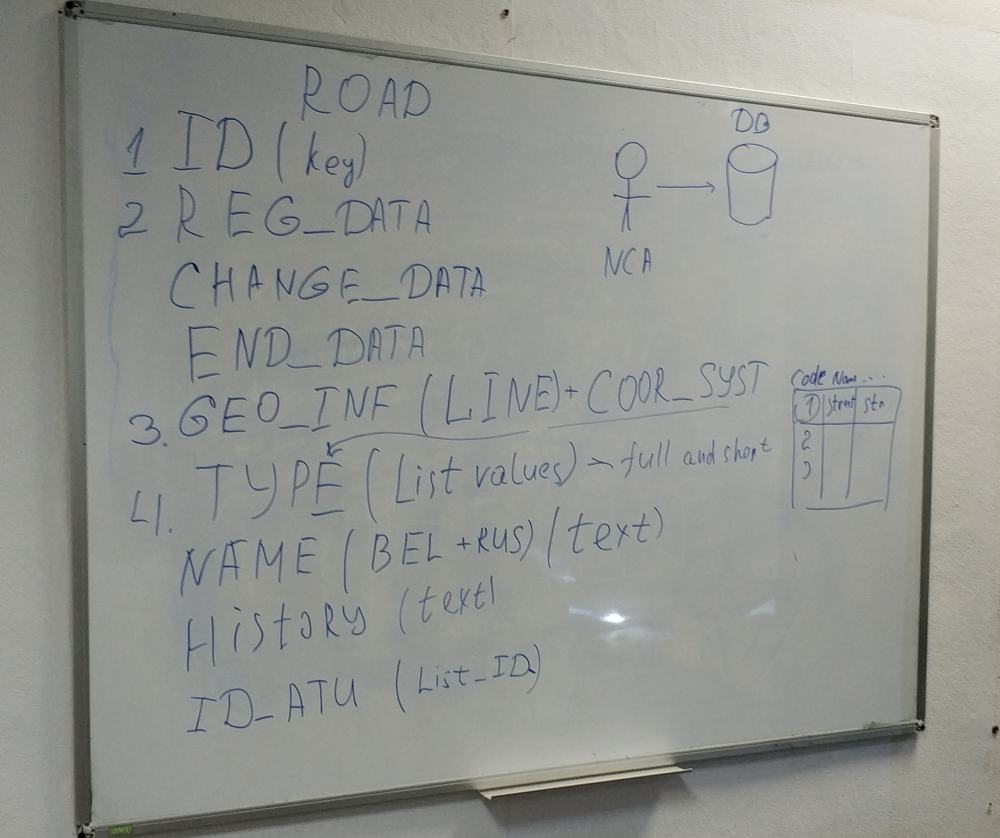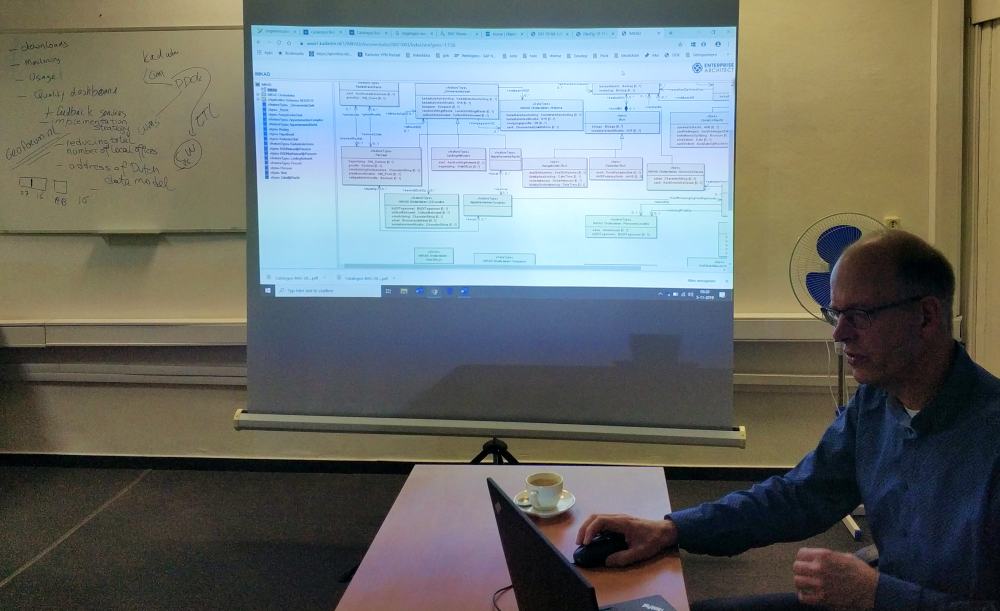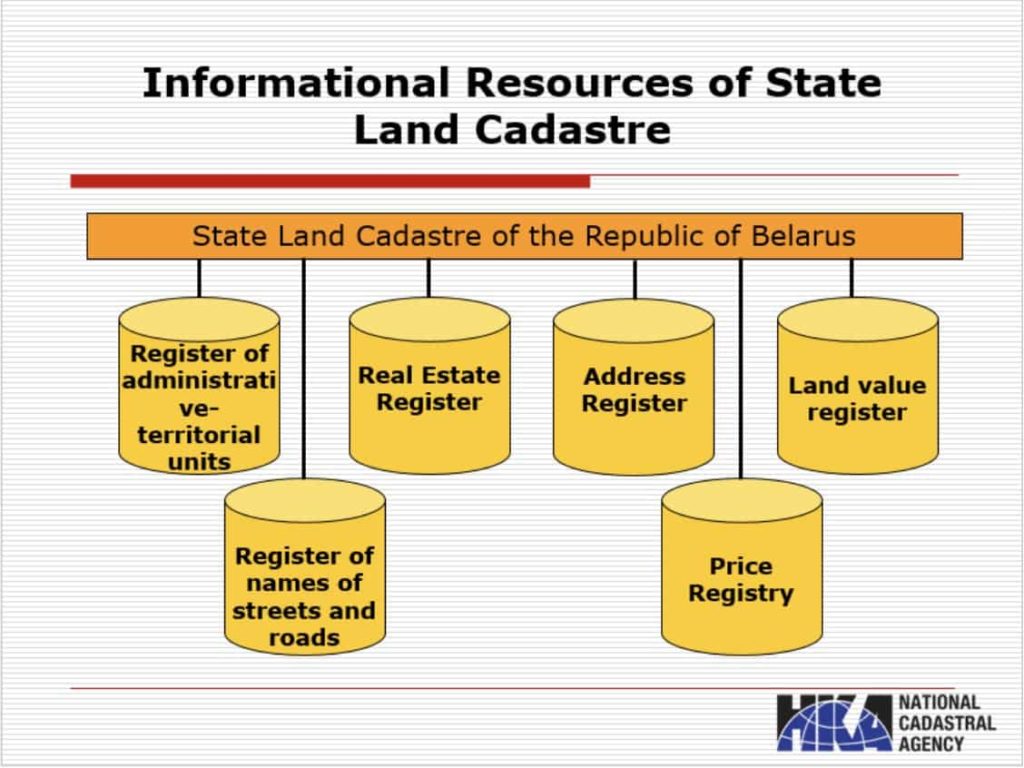During the week of December 9th through 13th , the last mission of Activity A2.1 was carried out to develop a data model for the NCA.
It took four missions to accomplish this activity, with four different EU experts participating.

The objective of this activity is to develop data specifications for the data model that will facilitate data harmonization within the NCA.
Fernando Serrano and Haico van der Vegt from the Spanish and Dutch Cadastres respectively participated as experts in the first mission.
Throughout this mission, numerous meetings were held with NCA experts, including meetings with the three Deputy Directors General of the NCA: Mr. Levchik, Mr. Rytvinski and Mr. Zhukov. The key objective for all these meetings was to obtain the necessary information for developing of the activity.
The mission report on this activity provides a detailed account of the actions carried out.
The following three missions involved experts from the Dutch Cadastre John Schaap and Jeroen Hogeboom.
The NCA expert team, which included Valiantsin Sharyn, Natallia Drazdova, Dmitri Sidarovich and Kirill Slabodich, were also actively involved in all mission activities from the very beginning.

…
During these three missions, the Dutch and Belarusian team worked together with the aim of developing a first version of the NCA data model following the INSPIRE recommendations.
As described in the corresponding mission reports, the work began by obtaining an overview of the entities that would make up this data model. The Dutch experts, using as a guide the examples available on the INSPIRE website (UML data model , users cases, etc…), showed the steps to follow for elaborating the first version.
The final result is published on the project’s extranet and represents an excellent example of work carried out by both teams.

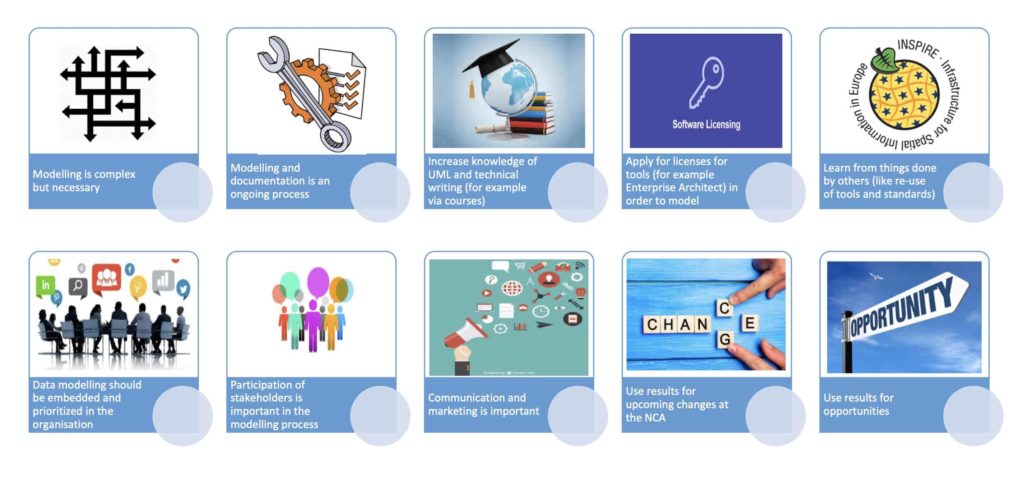
On December 12, the experts made a comprehensive presentation of the work done during these four missions.
It is worth thinking about the conclusions listed and, in particular, about the need for the NCA parties responsible for data modelling to understand that the first model is only one step in the ongoing activity that must guide the maintenance and the updating of this business document.
